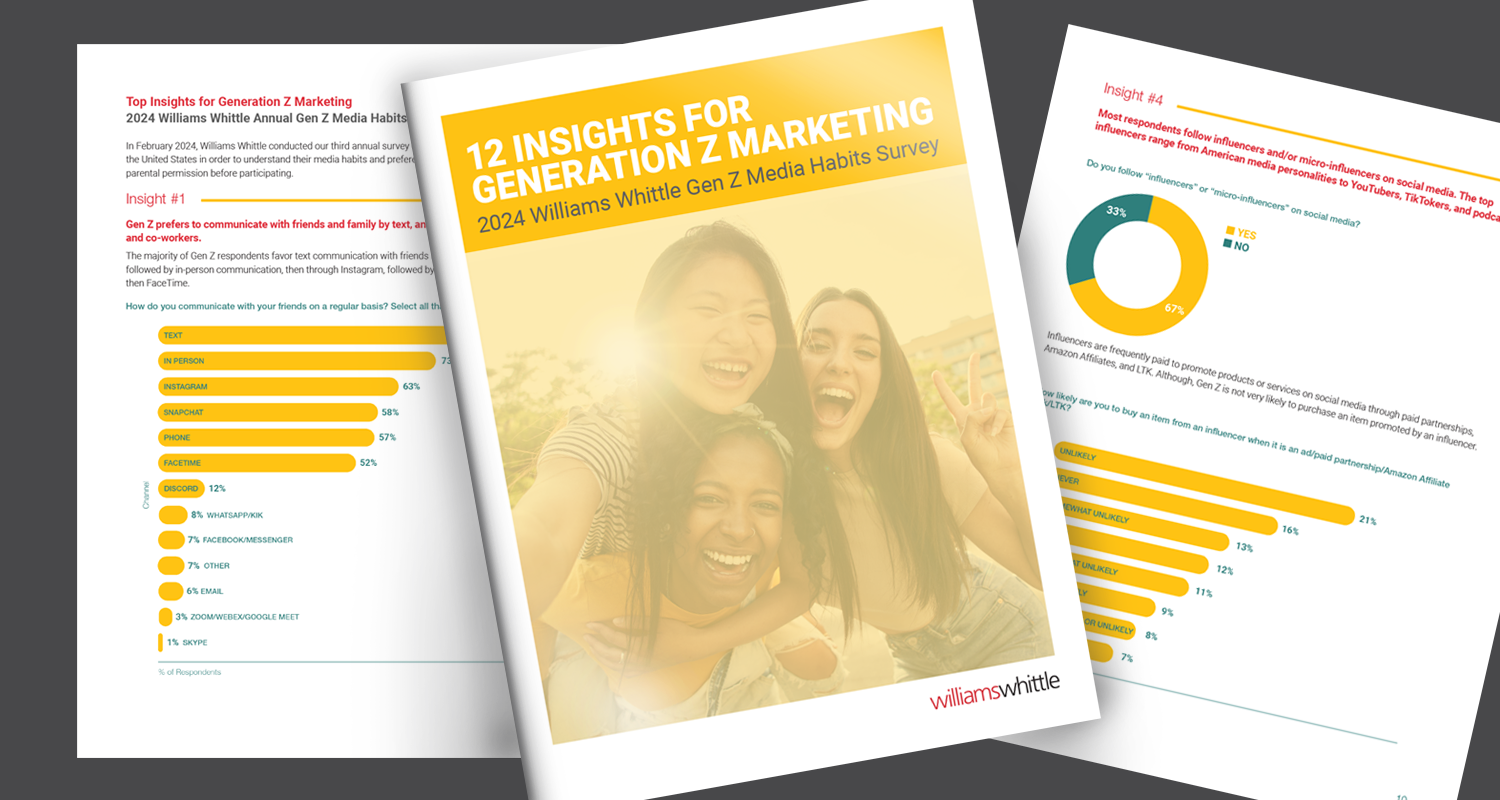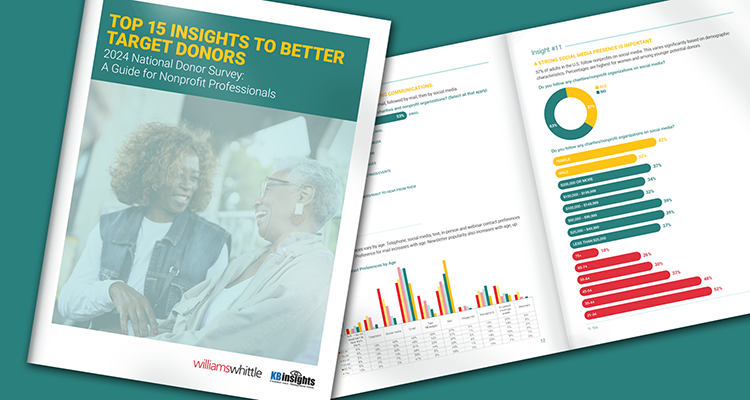An organization’s most important audience is their donors. Donor support makes your nonprofit possible, and they need to be the primary audience for timely information, updates, and gratitude from your organization. But how do you grow your donor base? How do you create a flow of new donors to support your fundraising?
You create a marketing funnel that turns community members into donors.
Your organization has a wide community. You have social media followers, email list subscribers, event attendees, friends of board members, friends of staff, etc. Not all of these people are donors, but all of them have a vested interest in what your organization is doing. And by engaging them through communications, you can move them along the funnel and turn them into donors.
First step: Collect contact information
The absolute first step to a good marketing funnel is by capturing contact information. Most often this is an e-mail address, but it could be a mailing address or phone number, depending on what type of next step you’re looking for.
Try using an incentive to get them to share their e-mail address with you. This could be as easy as a splash page on your homepage or offering a free document download if they give you an e-mail address. That download could be an infographic, a report, or something else that correlates to your cause.
For example, Buffer offers a free e-book called 25 Actionable Social Media Strategies You Can Implement Today. This is a high-value piece they created, but you must provide them with an e-mail address to get it. That way, they know you’re 1) interested in marketing and 2) know they do good work. By doing this, they have perfectly set you up as a potential client in the future.
Second step: Connect them to your mission
The second step is the proving ground. This is where you show them that your organization knows its cause, is doing great work, and is being successful. This is where you offer proof points, success stories, and stories showing donor impact. Make sure you have 2-3 touch points with them (not just emails you’ve sent, but e-mails they’ve opened or clicked on,) before making an ask.
The Storytelling Nonprofit posted a great list of 5 Nonprofit Newsletters to Learn From. These organizations show how to constantly engage your community in non-fundraising ways, pulling them closer to your mission. However, make sure you’re not asking for money yet! Your donor is still getting to know you, don’t jump the gun by asking them before they are ready.
Third Step: Offer them an opportunity to support you
So you’ve contacted your donor, they’re opening your emails and liking your Facebook updates. The next step is to pop the question. Give them ways to get involved in the organization, but volunteering, attending an event, signing a petition, or donating to the cause.
Once you ask, and they take the next step, you are in. You have successfully cultivated a new community member who is ripe for fundraising. Good job!
And the best part is that if they decline, it’s not game over; you’re just back to the second step. You still have more time to prove yourself, to grow your relationship with this person, and to make sure they are committed to your cause. Do your best to learn what works (A/B testing, or other ways to evaluate your communications), and then try again!
Allison is a nonprofit communications consultant and friend of Williams Whittle who specializes in creating affordable communications strategies for small nonprofits. She has five years of nonprofit and association experience including developing communications strategies, conducting an organizational rebrand, and building a custom social network.


